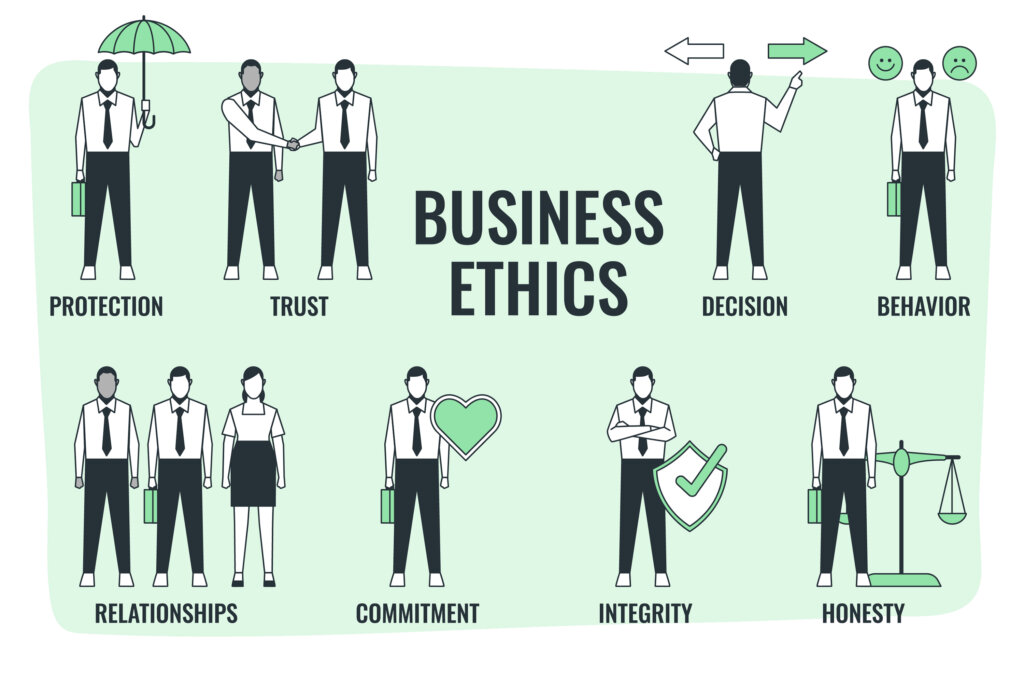Many directors of Government owned enterprises take up the role because they want to have an effect on the organisation and, through the organisation, on the society they live in and will bequeath to their children. Indeed, they are frequently appointed because the shareholder sees their passion for effecting change in that way and feels that it would add value to the board.
Even directors who do not profess a burning sense of mission will admit to a deep sense of responsibility for organisational and societal outcomes. In all my conversations with directors of government owned enterprises I have never found one who was there purely for the money. This is hardly surprising as the organisations themselves, whilst expected to operate efficiently and, in many cases, to generate profits that provide taxation and dividend income to the shareholder, are not constituted for financial reasons alone.
Regardless of what the passion is, whether it is conservation of the environment, empowerment of employees, preservation of heritage, education of youth or care for the needy, it must be controlled and focused by the boardroom processes to achieve its true expression in organisational results and societal or environmental impact.
Traction or Friction?
Unfortunately for many directors, this is where the rubber hits the road and it all comes to a screeching halt. So many things conspire to turn the desired traction into frustrating friction. In addition, although there is sometimes education available for new directors on legal, financial and procedural matters there is very little guidance on how to constructively live their passion and positively effect change through the organisation. Think about it: when was the last time that you received practical instructions on how to broach difficult topics with unsympathetic people and then continue to have a high performing relationship with them after you have done so?
In addition to uncertainty about how to bring their passion to bear on the processes and outcomes, there are many other things that act as distractions: finances to analyse, planning and budgeting cycles, technology roll outs, training programs, recruitment or retrenchment activity, regular reports to the shareholder, requests from the shareholder for information or policy advice, and pressure to stick to the accepted agenda and processes that, ostensibly, satisfy the other board members.
Many directors are overwhelmed by this activity and, when it is exacerbated by the self protection of the status quo, they simply give up, or wait for an opportune moment to unleash their passion. It is a moment which never seems to arrive. They are frequently good directors, diligent and dedicated, but they somehow feel that they are not really achieving all that they could or should. Sometimes the shareholder feels the same way and, after a term or two as a director, they are not reappointed, but are quietly replaced and, as nobody ever knew for sure what the director’s passion was, nobody is ever sure just how valuable an opportunity might have been missed.
Other directors strive to have the effect they want but find all their efforts are ineffective and, worse, some are counterproductive and cost them the relationships that they need as political capital to pursue their aims. They become branded as troublesome, impractical, or even unethical. They are seldom reappointed and, again, valuable opportunities to incorporate their thoughts into the board’s machinations are lost.
Only directors who can apply their passion in a board-appropriate manner will successfully manage to influence events and corporations.Few directors receive any training in how to do this.
What do you think?
_______________________________
Julie Garland-McLellan has been internationally acclaimed as a leading expert on board governance. See her website and LinkedIn profiles, and get her book Dilemmas, Dilemmas: Practical Case Studies for Company Directors.









